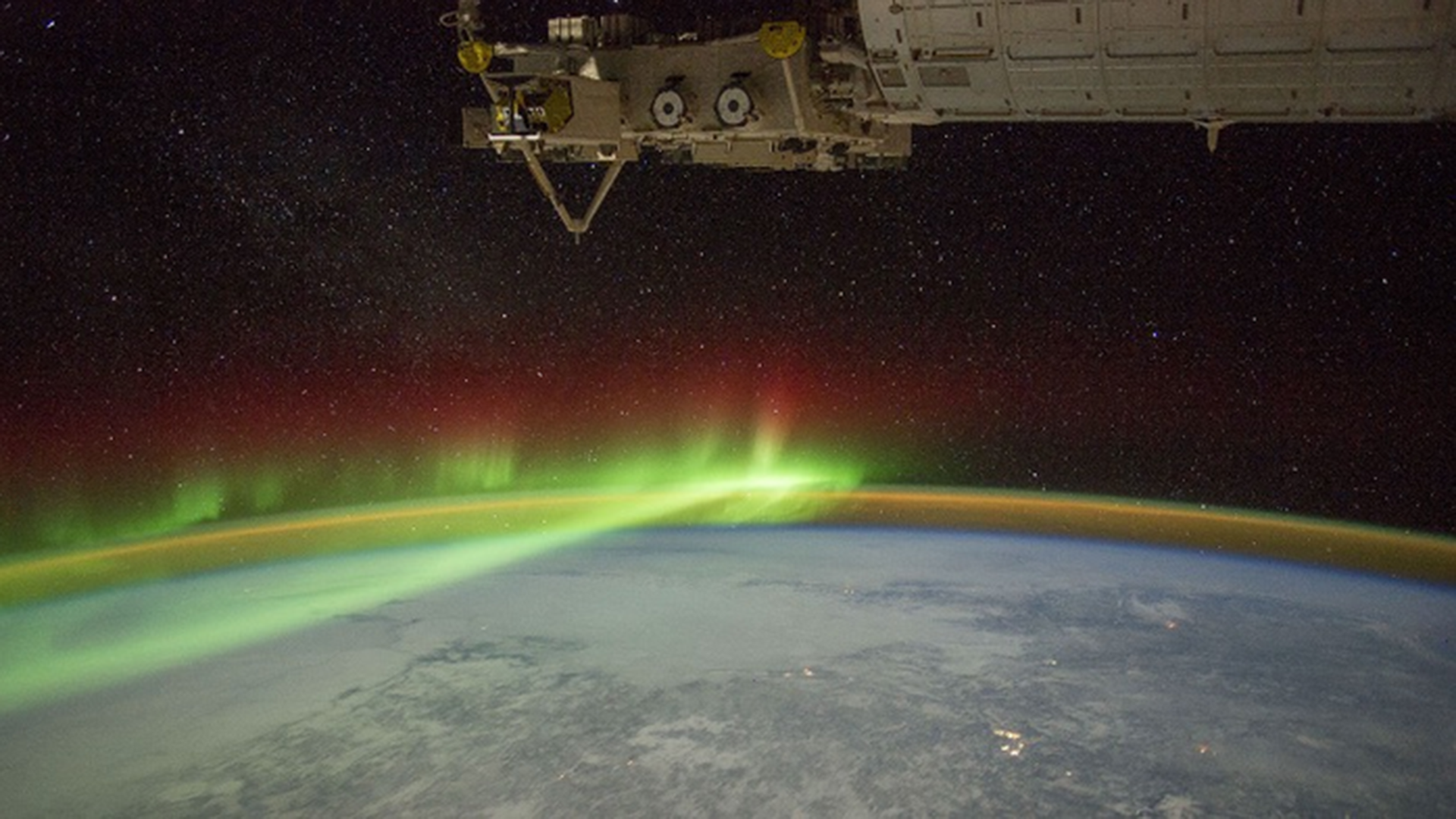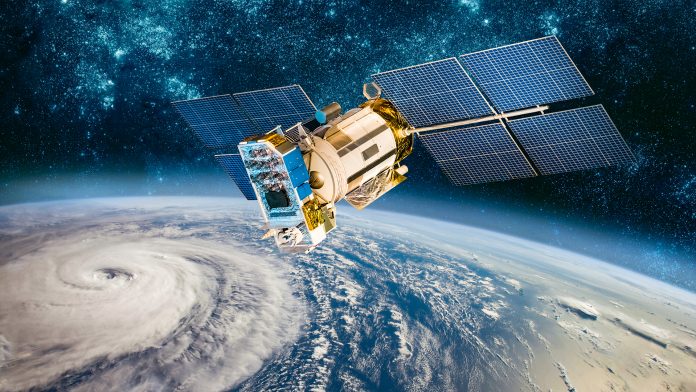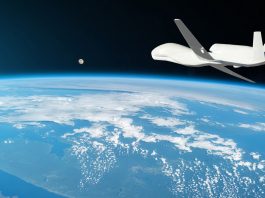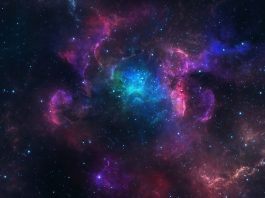Two CubeSats have been launched from the International Space Station (ISS) in a quest to further our understanding of space weather disturbances and their impacts on communication systems.
The CubeSats – otherwise known as small satellites – include the Plasma Enhancements in the Ionosphere-Thermosphere Satellite (petitSat) and Scintillation Prediction Observations Research Task (SPORT). The CubeSats arrived at the ISS on November 27 during SpaceX’s 26th commercial resupply mission for NASA and have now been deployed to uncover unprecedented insights into the effects of space weather.
What aspects of space weather will the missions investigate?
Both missions will predominantly study the Earth’s ionosphere – a layer in our planet’s upper atmosphere in which the effects of space weather on technology are the strongest. The ionosphere hosts a range of satellites, such as the ISS.
However, as radio signals and GPS signals travel through the ionosphere, space weather can interfere with and disrupt these communication signals. Space weather can also produce electrical currents that cause an electrical charge in orbiting satellites, which can lead to power outages on Earth in extreme cases.
The ionosphere is constantly cooked by the Sun’s radiation, causing positively charged ions and negatively charged electrons, known as plasma. Fluctuations in the ionosphere results in low-density and high-density regions (bubbles and blobs) forming in the plasma.
These bubbles and blobs potentially scatter radio signals, causing them to collide in a phenomenon called scintillation, resulting in noisy radio signals that impact the reliability of communication and navigation systems.
Linda Habash Krause, the project scientist for SPORT, explained: “If you put a pencil into a glass of water that’s half full, the pencil appears broken. What happens when you have bubbles? Similar to the pencil in the water, the signals go through ample bends.”
Currently, scientists do not understand what triggers the plasma bubbles and blobs.

What will petitSat and SPORT perform?
petitSat and SPORT will employ complementary scientific instruments to examine the conditions of space weather that cause plasma bubbles and blobs to arise.
Jeff Klenzing, the principal investigator of petitSat, commented: “The idea is that the science teams will work together and cross-compare.”
SPORT is comprised of six instruments that will conduct measurements throughout the ionosphere, helping to determine the conditions that occur just before plasma bubbles form and how their development affects ground-based communications signals.
SPORT will subsequently transmit data to the Brazilian National Institute for Space Research (INPE), where it will be distributed to researchers at INPE, NASA, and other US partners. Additionally, petitSat will uncover what causes plasma blobs, when they appear, and how large a region they can occupy.
Both CubeSats will dramatically enhance our understanding of space weather, which will help to optimise current satellites and protect astronauts, spacecraft, and technology.








